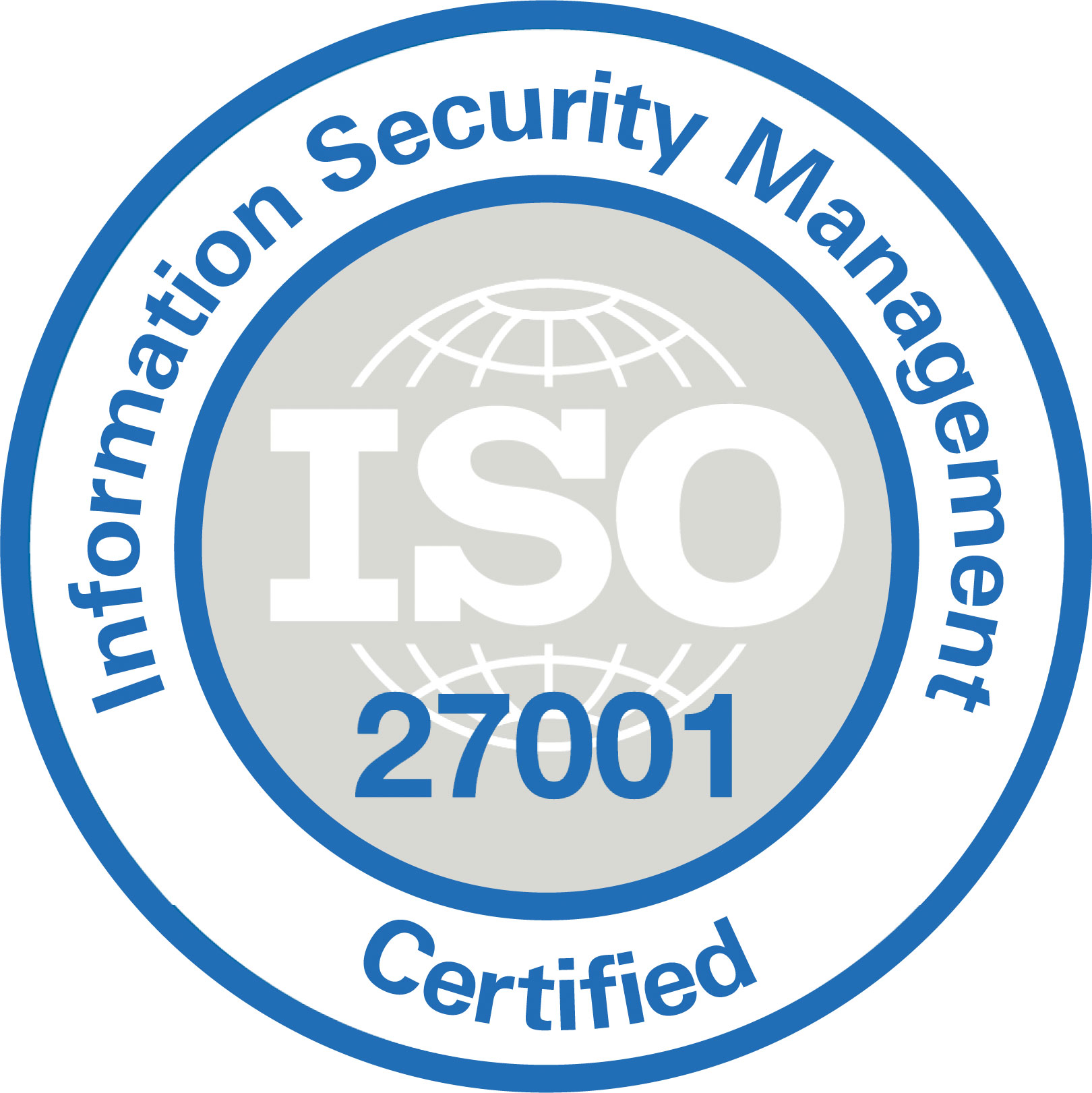- Solutions
- The Company
- About usCartrack offers smart fleet solutions guaranteed to optimise your fleet and workforce, no matter how big or small your business.
- Investor RelationsCartrack has a history of strong cash flow generation and cash conversion, low financial leverage and strong dividends.
- CareersCareers portal. View all the current Cartrack career openings and opportunities available.
- Resources
- Contact Us
- Login
How Can I Improve Communication Between Drivers and Dispatchers With Fleet Technology?
A lack of communication in trucking can cause safety issues within fleets, decreased visibility in task management, and slower response or knowledge to accidents, breakdowns or incidents in the workplace.
Lucky for managers and dispatchers everywhere, the solution to a lack of communication is simply to start communicating, sounds simple, right? With an open line of communication, fleet technology, and Cartrack solutions, having these hard conversations will be a bit easier for everyone.
Let’s start talking about communication
In this article, you will:
-
Understand why communication in trucking is important
-
Explore the relationship between dispatchers and drivers
-
Get tips for improving communication in your fleet
-
Discover how Cartrack solutions can assist with communications
-
Learn about the 5 signs that indicate that your team is struggling with communication
Communication in trucking
Communication is one of the key methods to portray one's needs, actions, and thoughts to the next and understand the same from someone else. When it comes to fleet management, communication is vital, it plays a vital role in ensuring everyone is on the same page and building trust the more it’s practiced.
In trucking communication is a two-way street, dispatchers communicate effectively with drivers to ensure they are working according to schedule and understand their challenges, and drivers communicate back with their task progression updates or setbacks, creating a better workflow for the team.
Everything depends on clear communication between the two as with communication, managers can react timely to any situation their fleet faces, and without it, communication channels can break within the business and deter managers from following through with their responsibilities.
What is the relationship between dispatchers and drivers?
One of the most important relationships in trucking is between dispatchers and drivers, but due to driver shortage, high driver turnover, and other issues, this relationship is often strained because of a lack of cultivation.
Dispatchers are no longer previous drivers that worked up the ranks, now most are fresh recruits to the company, without previous dispatching work history or knowledge of the challenges and hurdles faced by drivers.
Before, dispatchers would be in the field or out on the road with their drivers, nowadays, most dispatchers are in a cubicle overseeing their team only through calls or management tools.
This has fostered an even worse connection between the two groups, but fortunately, there’s a solution; for a fleet to overcome this challenge, they need to invest in a little communication and fleet management software.
The role and responsibilities of a dispatcher
Without a dispatcher, fleets often run wild without a plan or direction. A dispatcher brings organisation and direction to drivers and technicians in the field by overseeing deliveries, pickups, in-field services teams, managing asset usage and generally making sure everything is running smoothly and on time.
All their responsibilities can fall into two categories: logistics management and people management.
Let me explain.
Logistics management
This is where dispatchers manage the supply chain, workflow, and the progression of tasks. Coordinating people, vehicles and even equipment, dispatchers lead all these moving parts toward completing their goals, may that be completing tasks, deliveries, or service requests.
A dispatcher’s responsibilities in logistics management:
- Scheduling deliveries, pickups and other appointments such as scheduling vehicle tracking unit installations for technicians and clients.
- Ensuring the fleet is being compliance and following regulations in terms of driving hours, driving behaviour, the number of breaks taken, etc
- Incident management
- Oversee work orders, fuel management and fleet maintenance needs
- Route planning for workflow efficiency
People management
This is the side of their responsibilities where clear and concise communication is needed and their communication skills are mostly used. Dispatchers oversee and assist workers such as drivers and technicians to reach their goals.
A dispatcher's responsibilities in people management:
- Onboarding new drivers and technicians
- Assist workers with challenges affecting their work
- Communicate with managers when workers aren’t following guidelines, need additional training, or are facing struggles.
- Offer customer support, including managing customer’s expectations when it comes to delivery
Depending on the business and the industry it operates in, these responsibilities may change. With all the people dispatchers have to guide within the business, can you see why communication is so critical to their role?

Tips for improving communication
To effectively communicate and collaborate, both parties will need to listen to one another as well as speak.
Actively listening is as important as speaking when it comes to communication because it allows the change in dialogue to be more than just providing answers but also understanding different points of view and perspectives.
Food for thought:
As a dispatcher, how can you assist your team if you don't listen to their grievances?
Effective communication between dispatchers and drivers starts with these tips:
1. Clear and concise communication
Encourage drivers to communicate any issues they may face during their trips or tasks and dispatch should follow suit by also practising regular communication with the team regarding any updates to tasks that affect their work. This avoids misunderstanding, delays, or leaving one side in the dark weather which may be the drivers or the dispatchers.
2. Regular check-ins
Communicate feedback, new developments, strategies or challenges through face-to-face check-ins or regular meetings. Frequent catch-up sessions can foster trust, improve collaboration, and strengthen teamwork within the fleet.
3. Real-time updates
Communicate important information such as job assignments, route changes, route changes, and more as soon as they occur. This helps drivers make informed decisions and effectively plan their time accordingly.
4. Training and support
Offer training for both dispatchers and drivers to improve their communication skills and strengthen the relationship between the two.
5. Leverage technology
Trying to effectively communicate with every single driver in your fleet can be a hard task sometimes, especially if you have a large fleet. This is where fleet technology and Cartrack solutions can swiftly facilitate communication. Modern fleet management solutions encourage healthy and constant manager-driver relationships
How can fleet management software and Cartrack positively impact the role of dispatching?
Cartrack’s fleet management solutions are trusted methods used to improve fleet efficiency by tackling managing different fleet aspects like compliance, safety, fuel, fleet cost and of course, communication.
Here are a few ways Cartrack can reduce confusion between these two parties and strengthen communication with their features.
Receive live location updates with GPS vehicle tracking
A lack of communication can decrease fleet visibility and can cause delays, through real-time Vehicle Tracking, dispatchers get live location updates of where all their vehicles are, get vehicle diagnostics and immediately know if they are on schedule or assess risks and perform incident management if drivers need any assistance due to accident or breakdown.
Reduce confusion with route optimisation
Manual route planning can be very time-consuming and prone to human errors. Cartrack uses Route Planning to plan the most efficient routes to take that reduce fuel consumption and travel time. There are also off-route alerts sent to managers to be aware of drivers taking routes that are alternative to the predefined ones.
Improve driver safety with alerts, reports, and automated updates
Dispatchers and managers can prioritise their driver's safety and ensure compliance through Driver Scorecards and risk reports. Receive instant alerts and automated updates for driver behaviour such as harsh braking, cornering or speeding and use Driver Scorecards to communicate the need for training or improving skills.
Enhance two-way communication
Most fleet management software offers real-time communication through instant messaging features. Cartrack offers a smart camera solution with in-cabin two-way audio communication and Delivery, our smart task management feature that allows dispatchers to update their drivers in real time and vice-versa.
With these two, dispatchers can use Delivery to update routes and deliver instructions, and use Smart Cameras to alert drivers of risky behaviour so they can swiftly correct them, while drivers can verbally communicate back through in-cabin Smart Cameras if asked about any driver behaviour events.
Here’s a case study of how Diag used Delivery to achieve efficient communication within their team.
Diag is a Vietnamese medical laboratory that needed assistance with tracking their vehicles and providing fast delivery of human blood testing packages, samples and health kits to customers.
Because of the time-sensitive materials being transported, Diag used Cartrack Delivery for smart dispatching and simplifying task allocation to ensure speedy delivery of materials while they were still in pristine condition.
“Delivery enabled Diag to scale their business by over 1,200%, whilst decreasing their logistics admin costs in half,” said Diag.
By using these best practices and Cartrack features, dispatchers can maintain effective and efficient communication with drivers, ensuring smooth and safe fleet operations.

Five signs that your business needs to improve communication with dispatch
When two parties fail to exchange information effectively when they need to, it often leads to decreased productivity, missed project deadlines, and unexecuted sales. It’s sometimes hard to pinpoint the source of rising challenges solely on poor communication as it affects different departments within the business.
Here’s a list of outcomes that can occur because of poor communication:
1. Frequent miscommunication
If you start seeing signs of communication holes between dispatchers and drivers such as delivery information not being specified or drivers failing to update their managers of changed plans or events that occurred that affect their ability to complete their tasks then you might have a communication problem on your hands. All vital information has to be communicated beforehand to ensure operations run smoothly without a hitch for both groups.
2. Lack of real-time updated
If dispatchers struggle to account for the tasks or activities of their drivers daily, then this can be a sure sign of a lack of communication. Real-time updates on assessments, delivery status or other information should be communicated to track performance, and vehicle usage or to manage customer expectations on delivery schedules.
Without the information, dispatchers might not be able to account for schedule delays or communicate to customers about the whereabouts of cargo which can impact customer satisfaction.
3. Declining driver safety
Preserving safety is a top priority that is enforced, monitored, and regularly reported with the help of incident management methods. Without communication, or following measures put in place for certain incidents in fleets, safety standards can decrease and safety measures can become less followed, putting drivers and other motorists at risk while on the road as well as workers in the workplace.
4. Decreased productivity
Lack of communication leads to inefficiencies in completing tasks. When activities during working hours aren't noted and followed up on, it leaves room for waste of time, human error in paperwork, or reduced customer satisfaction.
5. Poor relationship between dispatcher and driver
Often enough, a lack of communication between dispatchers and drivers is due to a lack of trust or collaboration between the two. Drivers are less inclined to voice their challenges or struggles to managers they are not familiar with. This can lead to strained relationships and not following orders.
If your team struggles with the listed signs of lack of communication then it’s time to contact Cartrack. Cartrack has the solutions you need to improve and prioritise communication throughout your fleet and actively enhance fleet efficiency.
Visit our website www.cartrack.com.ph today.













 Select Countries
Select Countries



